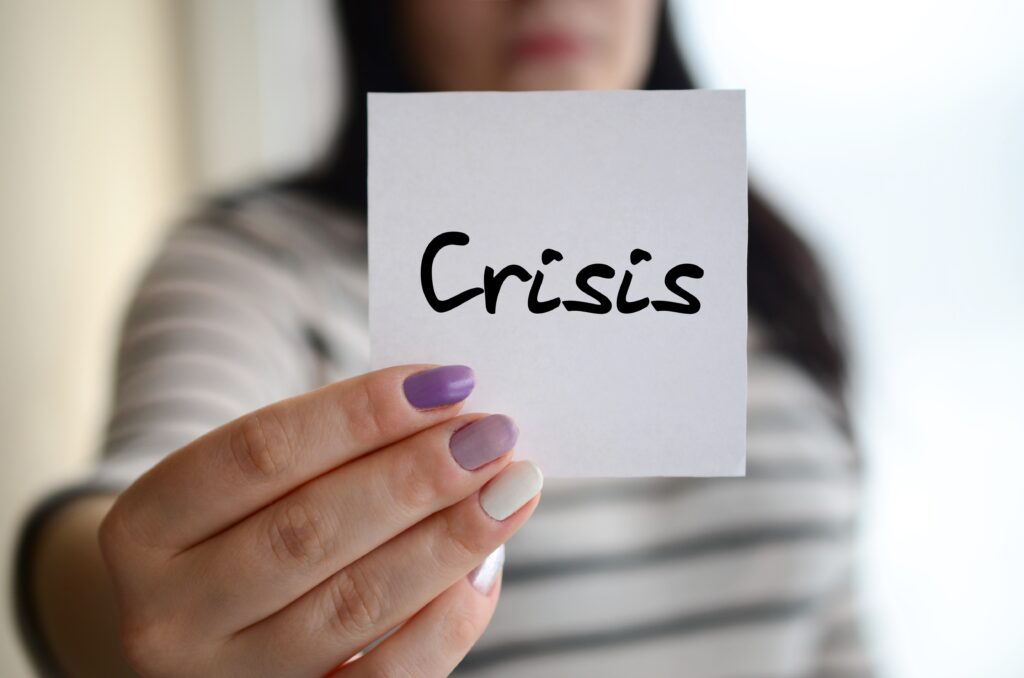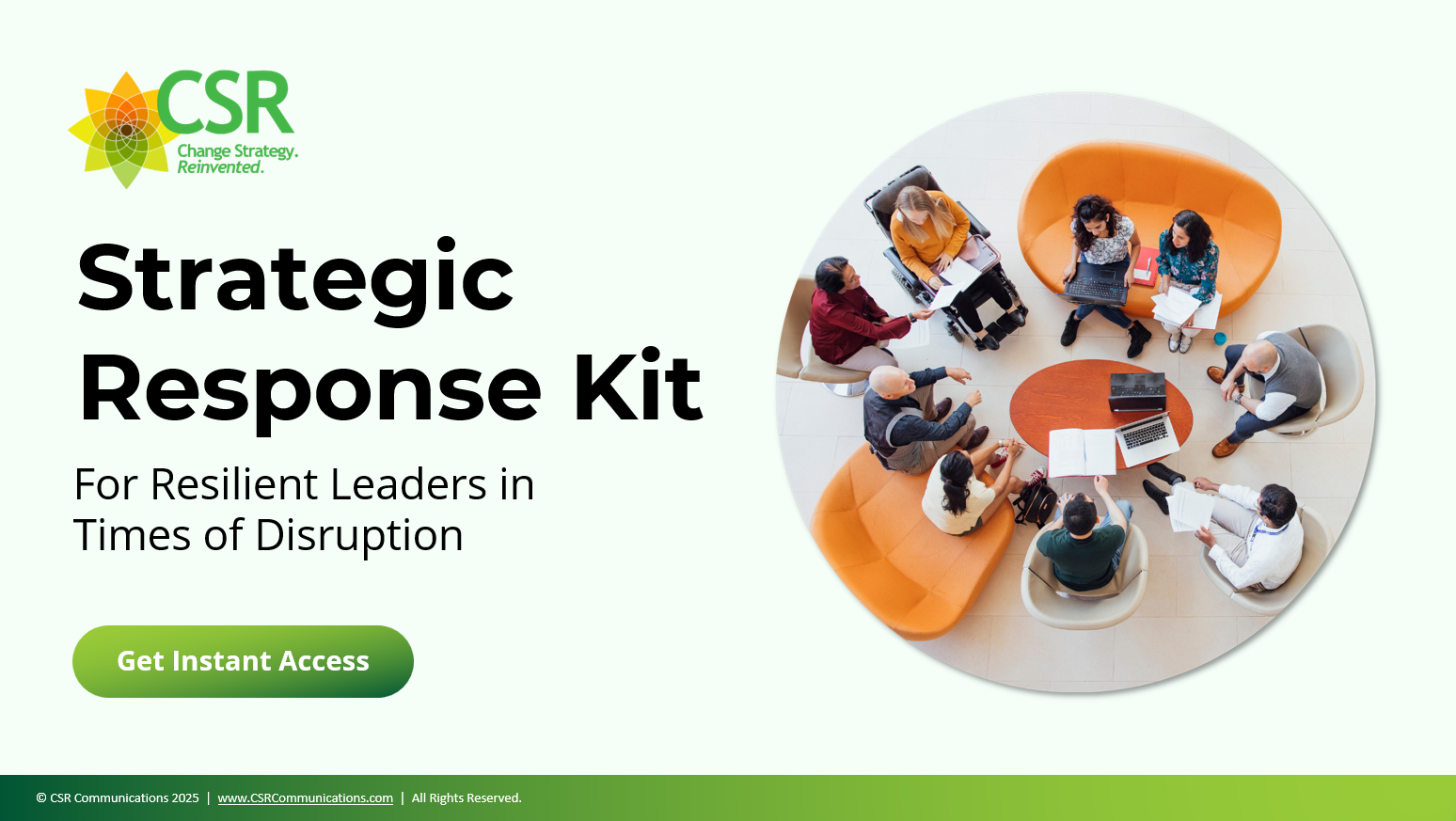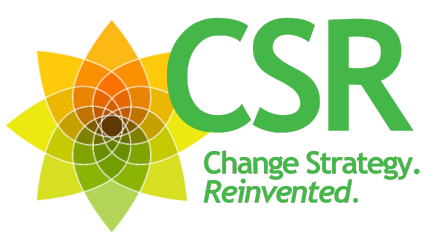It’s 8 AM. Your phone buzzes with another policy alert from the new administration. Before you can process it, three different team members ping you, asking what it means for the organization. You don’t know what to say because even your attorney can’t figure out the language. By lunch, you’ve attended two “emergency” meetings about regulatory shifts, and that strategic initiative essential to achieving 2025 goals? It’s drowning in a sea of urgent responses.
Sweeping policy changes have teams ricocheting between crises, leaving everyone depleted. Some mornings, you’re paralyzed by an overwhelming stream of executive orders and regulatory reversals. Other days, you’re scrambling so frantically you can barely catch your breath. Either way, you’re trapped in reactive mode while the landscape continues to shift beneath your feet.
The harsh reality: You can’t build anything meaningful while playing defense against every new announcement. And the pace isn’t slowing down.
The True Cost of Perpetual Crisis Mode

When you’re locked in reaction mode, the damage goes far deeper than missed opportunities. Your most talented people are burning out from constant pivoting. And your already-overloaded middle managers are beyond burnout while remaining essential to implementing any change successfully. Your organization’s bold vision gets buried under compliance checklists and emergency protocols. Most concerning of all, your team watches while gains of the last five years slip back to pre-pandemic status and is losing faith that purposeful progress is even possible in this climate.
A Path Forward When the Ground Keeps Shifting
Here’s what we’ve learned working with hundreds of organizations navigating massive change, including the COVID-19 pandemic and now the dramatic policy shifts of 2025: Crisis response happens in predictable phases. Identifying which phase you’re in transforms your ability to respond effectively.
Right now, you’re likely in “Hair on Fire/Frozen in Place” mode – either immobilized by uncertainty or frantically chasing every urgent demand. That’s an understandable response to the current political landscape, but it’s not sustainable and acknowledging this reality is your first step toward breaking free.
The promising news? There are proven methods to help your team establish a “Temporary Normal” despite the turbulence. You can create stabilizing patterns and reclaim your strategic thinking capacity. Things will still feel profoundly unsettled, but you can make meaningful progress regardless.
And beyond that? You’ll be positioned to shape your “Settled New Normal” – where you’ve integrated the permanent changes into your operational reality and can make bold, offensive moves based on the transformed landscape.
Building Momentum That Outlasts the Chaos
How do you get there amid such volatility? Stop functioning like a tornado. Start operating like a flywheel.
Tornados create destruction and throw everything into disarray. Flywheels begin slower, with intentional effort, build methodically, and generate unstoppable momentum over time – even when external forces push against them.
To start your flywheel moving in today’s challenging climate, ask yourself:
- What foundational truths remain unchanged despite the political shifts? (Hint: Your core values still matter, and your mission is likely more important than ever.)
- Which assumptions must be urgently reconsidered given the new administration’s priorities?
- What do you want your organization to be known for on the other side of this moment? What story do you want to be able to tell five years from now about how your organization responded?
This Moment Demands More Than Survival
It’s tempting to retreat into self-preservation mode as the policy landscape transforms. We want to focus solely on what feels immediately practical, what seems politically viable, what’s familiar.
But the unprecedented challenges of 2025 don’t need more incremental thinking or defensive posturing. They demand moonshots – bold visions paired with practical action.
To help you navigate this critical inflection point, we’ve created a 20-minute on-demand webinar specifically designed for the intensifying chaos we find ourselves in. We won’t pretend it’s the whole solution, but it is a start, and it’s completely free.

No PowerPoint marathons or theoretical frameworks – just real talk about:
- How to tell which fires actually need fighting
- What to do when you spot your team hitting their change fatigue wall
- Simple ways to ground yourself when everything feels wobbly
- How to shift from “oh no, not another change” to “okay, we’ve got this”
Included with the webinar, you’ll receive our Strategic Response Kit with frameworks you can implement immediately to stabilize your organization and regain strategic momentum.
Because your mission matters now more than ever.
Ready to get started? Access the webinar and Strategic Response Kit here.
If you want to dive deeper into any of these tools or explore ways to work directly with us, please book a time with a CSR Communications team member here.

